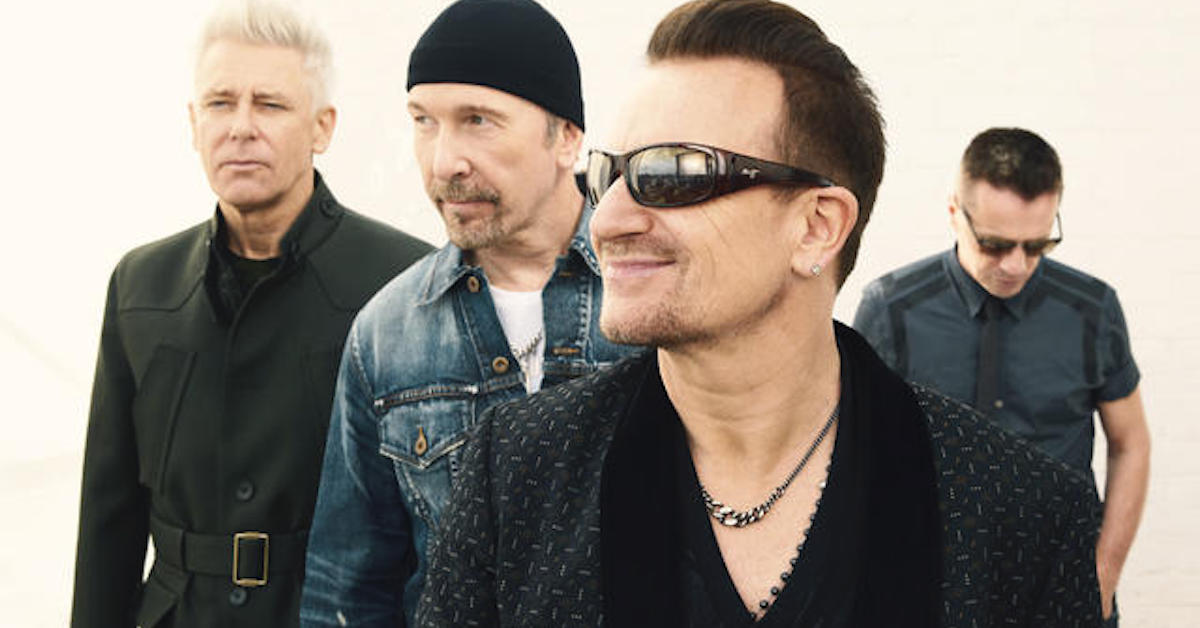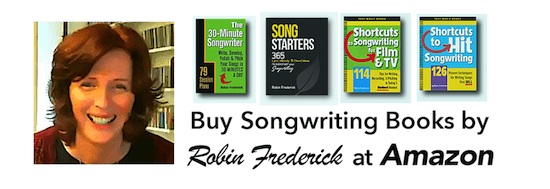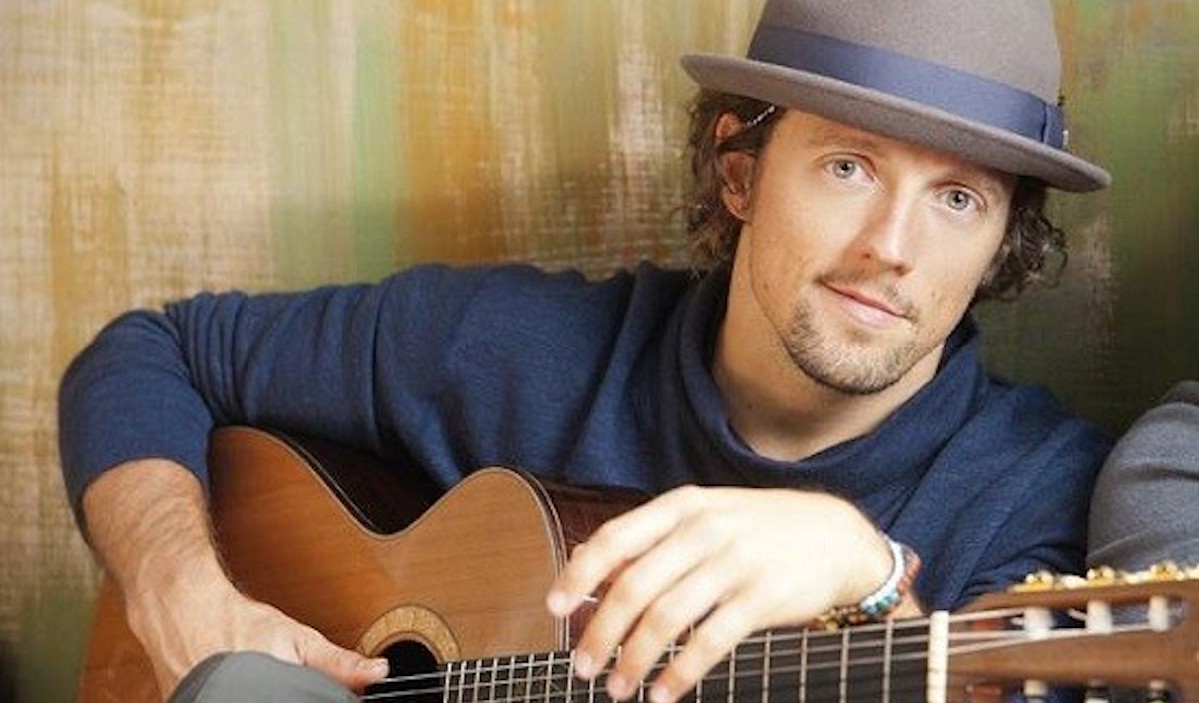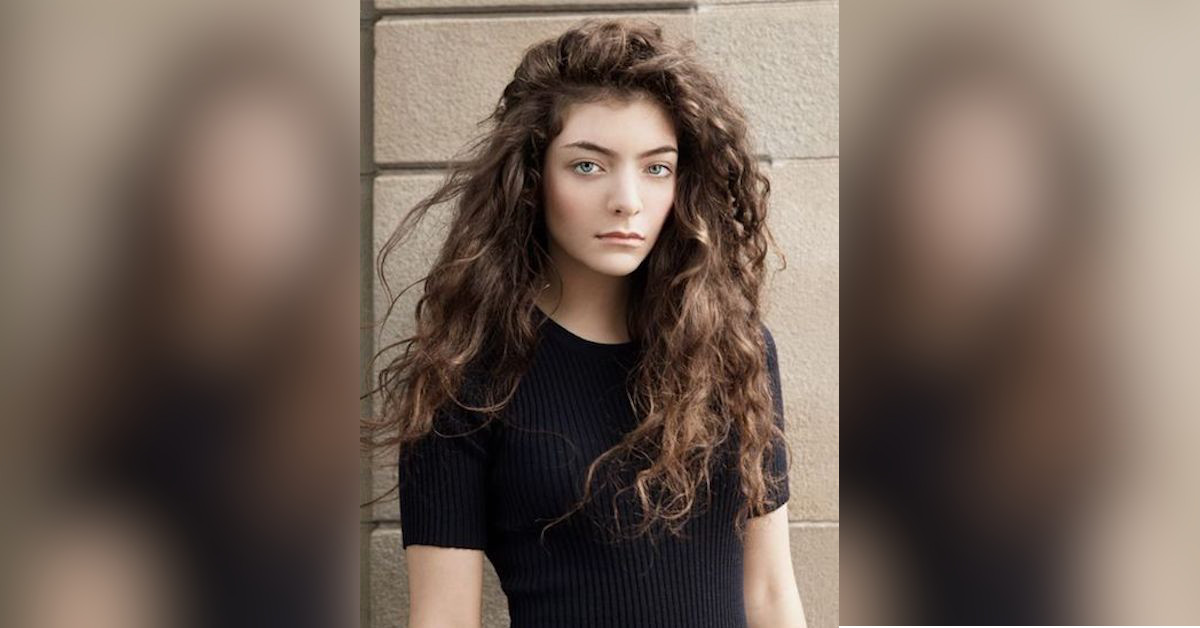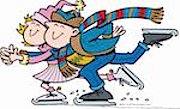No matter what song genre you’re writing in, at some point you’re likely to find yourself wanting to express your thoughts about your generation, your community, society, or the state of the world in general. Given the unsettled times we’re living in, it’s not surprising that songwriters are turning toward their art to express feelings of solidarity, uncertainty, pride, indignation, or hope for the future. Whatever your thoughts or feelings are about the world, a song of social commentary is a great way to express them.
What are songs of social commentary?
The words “social commentary” are not, in themselves, either positive or negative. These songs are a means of expressing an opinion, observation, or message, the way you see and feel about things, especially things you feel strongly about.
For example, one person might look at a community and see the good that comes from a sense of belonging, while another might see a close-minded group banding together to keep outsiders at a distance. What’s your view? What’s your experience? Your observations may be lauded or they may be unpopular, but it’s still up to you – and no one else – to say what you want to say, to make your opinion heard.
Songs of social commentary are not limited to politics or protest. They can help us define a sense of purpose and place, identify with those who are like us and not like us, chastise and forgive, identify our strengths and our failings, and help us work our way through an ever-changing world.
Most importantly, a song of social commentary seeks to persuade, to convey the songwriter’s observations, beliefs, or experiences in a way that allows the listener to see and understand the world as the songwriter does. In doing so, the hope is that through songs we can understand each other a little better.
Themes
This list includes a few of the most popular themes that come up in commentary songs. Each theme can be expressed in individual terms: its effect on one person or on the singer. Or painted with a broader brush: its effect on a whole society or the world. I’m sure you’ll think of more themes, so feel free to add your own, ones that have meaning and energy for you.
